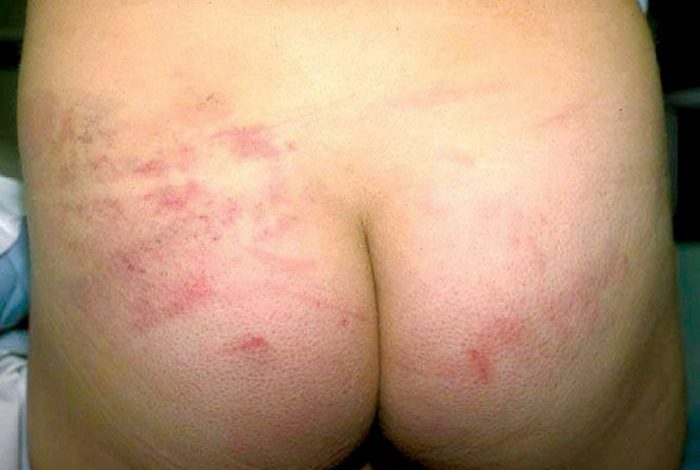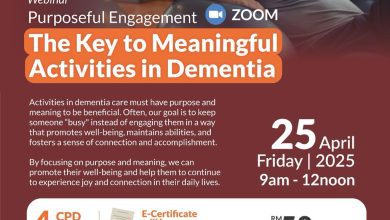

Child Health
By Dr Shan Narayanan
Physical abuse of children is defined as non-accidental trauma or physical injury caused by punching, beating, kicking, biting, burning or otherwise harming a child.
Physical abuse is the most visible form of child maltreatment. In many occasions physical abuse results from inappropriate or excessive physical discipline.
The abuser, who may be a caregiver or parent, insists that their actions are merely to make children learn to behave, that is, discipline. However, there is a big difference between using physical punishment to discipline and physical abuse. The point of disciplining children is to teach them right from wrong, not to make them live in fear.
In physical abuse, the following elements are present:
- Using fear to control behaviour.
- Those who physically abuse believe their children need to fear them to behave.
- Unpredictability
- Children do not know what is going to set off their parents/caregiver. There are no clear rules to follow.
- Lashing out in anger
- Those who physically abuse lash out in anger and desire to control. The angrier the parent/caregiver, the more intense is the abuse.
The following are risk factors for child abuse including physical abuse:
- domestic violence
- alcohol and drug abuse by caregiver/parent
- parent/caregiver with mental illness
- lack of parenting skills
- parents/caregivers who lack support
- highly stressed parents/caregivers.


- Frequent injuries or unexplained bruises or cuts.
- Is always watchful and ‘on alert’, as if waiting for something bad to happen.
- Injuries appear to have a pattern such as marks from a hand or belt.
- Shies away from touch, flinches at sudden movements, or seems afraid to go home.
- Wears inappropriate clothing to cover up injuries.
Signs and symptoms of physical abuse are as follows:
Physical indicators that should raise suspicion for physical abuse include the following:
- Injury pattern inconsistent with the history provided.
- Multiple injuries/multiple types of injuries.
- Injuries at various stages of healing.
- Poor hygiene.
- Presence of injuries highly suggestive of abuse including loop marks; forced immersion burn pattern; and classic abusive head trauma findings of subdural hematoma, retina hemorrhage and skeletal injuries.
The child who is abused, requires medical care and/or surgical care depending on the injury. The Welfare Department is informed and a police report is made by the attending doctor. The health and welfare authorities work together to ensure safety of the child and look into ways to provide the families with support they may require. If there is evidence of foul play, the police will pursue legal action.
In my next article, I will focus on Child Sexual Abuse and preventing child abuse.


